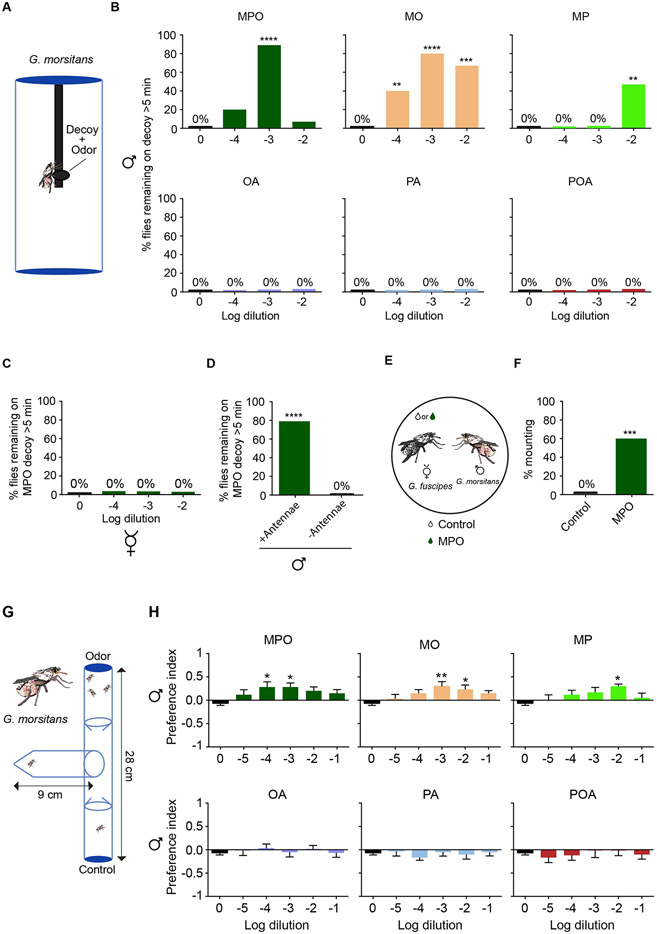Figure 3. MPO acts as an aphrodisiac pheromone in G. morsitans males.
(A) The decoy paradigm. The decoy is dosed with a candidate pheromone or odor. (B) Percentage of males that landed on the decoy and remained on it continuously for more than 5 minutes. n=15. Chi-squared test. (C) Percentage of G. morsitans virgin females that stayed for more than 5 minutes on a decoy dosed with a range of dilutions of methyl palmitoleate. n=15. (D) Dependence of G. morsitans response to decoy on antennae. The decoy was dosed with a 10−3 dilution of MPO in paraffin oil. n=15. Chi-squared test. (E) Schematic of a test with a perfumed G. fuscipes virgin female and a G. morsitans male. (F) Percentage of mounting when a G. fuscipes virgin female is perfumed with a 10−3 dilution of MPO, compared to a female perfumed with diluent alone. n=15. Chi-squared test. (G) The T-maze paradigm. Flies are initially in the tube shown at the left. The apparatus is placed horizontally on a benchtop. (H) Behavioral responses of G. morsitans males in the T-maze paradigm. *p<0.05,**p<0.01, Wilcoxon Signed Ranked Test, n=12. Error bars are SEM.

